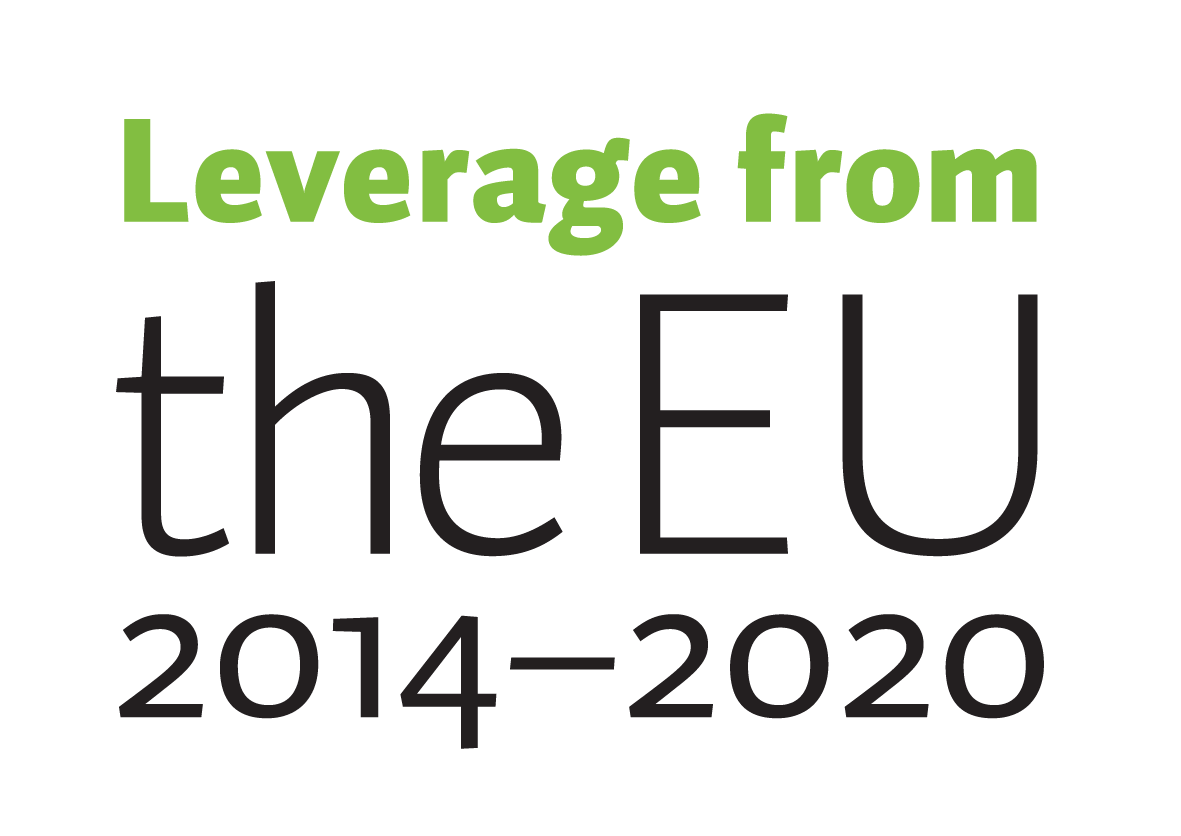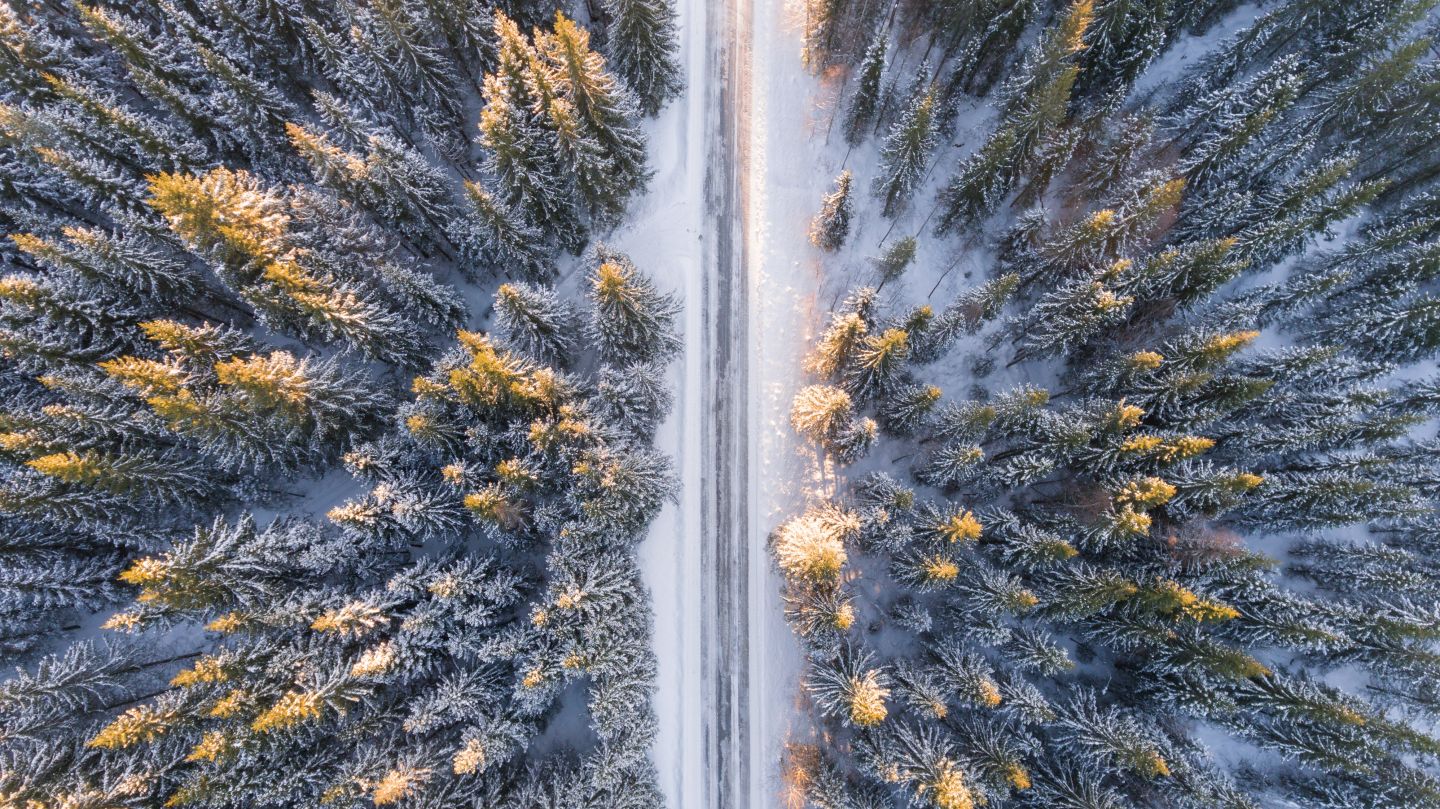Extreme weather and climate phenomena will increase with climate change. This also affects traffic and parts of the traffic network: structures and control systems, means of transport and transport operations. No car moves without winter testing – not even a robot car.
Lapland is known for its Arctic vehicle testing conditions, cutting edge expertise and facilities, such as test tracks. The most significant centers specializing in vehicle, tire and component testing operations are located in Muonio, Ivalo and Rovaniemi.
Snowbox, the Arctic test area designed for testing and researching traffic automation and self-steering vehicles, is located in Fell Lapland, which features an approximately ten-kilometre section of public road instrumented for this purpose, among other facilities.
– In winter testing, the weather conditions should be cold enough as long as possible, but cold weather alone is not the biggest thing in testing smart traffic, emphasizes Managing Director Reija Viinanen from Aurora Snowbox Oy, who coordinates commercial projects on the smart road.
Arctic snow-how
How does an autonomous vehicle position itself when it is snowing? How do vehicles communicate with one another in the Arctic conditions? What does smart traffic require in terms of road work?
– In addition to low temperatures, snow, ice and darkness must be taken into account in the testing, points out Reija Viinanen, who is taking part in standardizing test cases concerning automated vehicles and their systems in the Test Scenarios of Automated Driving Systems working group of the International Organization for Standardization.
They are currently working on four international standards, which will be completed in 3–4 years and then confirmed in Finland as well. The standardization work is long-term influencing, and participating in the process is a strategic choice from a business perspective.
– It’s important for us Finnish businesses to be involved in creating jointly approved rules for testing. Naturally, we are striving to bring more new testing operations to Lapland.
The challenges posed by winter to robot cars are global. Snowbox brings added value to testing operations by combining Arctic know-how, the public road network and winter conditions for the testers to utilize. This combined with testing opportunities across the Norwegian and Swedish borders and closed testing tracks form an offering that meets a wide variety of smart traffic testing needs.
Indeed, Lapland provides the world’s best winter testing environment for vehicles, and according to Viinanen, automated driving will further expand the possibilities.
– Snowbox’s goal is to be the most internationally-renowned testing ground for cold and snowy conditions. This requires commercial co-operation with international testing centers, and we have already taken our first steps in that direction.
Bad conditions at their best
Director Jukka Vuorinen from Lapland Proving Ground Oy (LPG) says that Finland’s strength in testing autonomous vehicles lies in flexible legislation and high-quality public infrastructure.
– We have a robust electrical power network on which we can quickly build a charging capacity of hundreds of kilowatts in the middle of the wilderness. Surprisingly, building similar charging stations or fields in Central Europe is a lot more challenging than here. Furthermore, due to Finland’s sparse population, establishing testing grounds that require large areas of land is easier and more affordable here than in more densely populated areas.
LPG has invested in land areas, buildings and road structures with a firm belief in the future.
– We have a total of around five square kilometres of land area, in which we can carry out even large building projects on a quick schedule.
Vehicular development can be seen in LPG’s customer base, but not necessarily externally.
– We don’t always know what manufacturers are testing on closed tracks and in indoor facilities. Hybrid technology has become more common and development work concerning emission systems is ongoing, so I would imagine that our customers are testing these systems as well. The operation of driving-assisting systems, such as distance and lane departure warnings, in these conditions, can produce surprising results that simulation overlooks.
Vuorinen says that testing even pre-tested components keeps causing manufacturers surprising problems in cold conditions.
– If problem areas are exposed in cold testing, this helps avoid extremely expensive recalls and reputation hazards concerning components such as doors, hatches, locks, handles and seals. Bad conditions can expose problems faster than better conditions, by up to years. We provide a protected area in which these things can be tested safely. For car manufacturers, testing autonomous vehicles in a low-traffic environment has a more bearable risk level than on the Autobahn, for example.
Electric snowmobiles for next-generation safaris
Founded in the spring of 2017, Aurora Powertrains Oy manufactures and sells electrically powered snowmobiles that take riders to nature silently and without emissions.
– The company has seven years of research and development work on electric snowmobiles and cold testing at Lapland’s universities of applied sciences under its belt, as well as four founding members who have worked there, says CEO Ari Karjalainen.
At first, electric snowmobiles were too expensive for sales, so the company began its own safari operations under the name Aurora eMotion and manufactured its first series of electric snowmobiles with its own funds.
The world’s first electric snowmobile safaris operated from the Arctic Snow Hotel. The snow hotel is located in Lehtojärvi, 25 kilometres from Rovaniemi. The company leased private areas without other snowmobile riders for its routes.
– In the winter season of 2017–2018, we got to run the safaris for four weeks in March, resulting in only a modest turnover, but during those weeks we were visited by tour operators, which resulted in our first snowmobile sales. In addition to Lehtojärvi, electric snowmobiles are now available at the Sunday Morning Resort on the Pyhä fell and Hurtigruten Svalbard in Svalbard, where the safari operations began in December 2019.
Developed and tested in the demanding conditions of the Arctic Circle, the electric snowmobiles have been received with great enthusiasm.
– Feedback from our safari customers in Svalbard has been entirely positive, and the customers have especially praised the quietness and lack of emissions of the snowmobiles. They no longer have to smell the exhaust fumes of those riding in front of them.
The electric snowmobile safaris have generated interest among a variety of customer groups. Of course, people interested in electric transport are one target group, but in general, Aurora eMotion has been discovered by people seeking a different experience and travelling independently.
– In terms of snowmobile sales, we strive to find customers that buy several snowmobiles instead of just one. It enables us to lower the price and customize the end products on a case-by-case basis to suit the customers’ needs.



